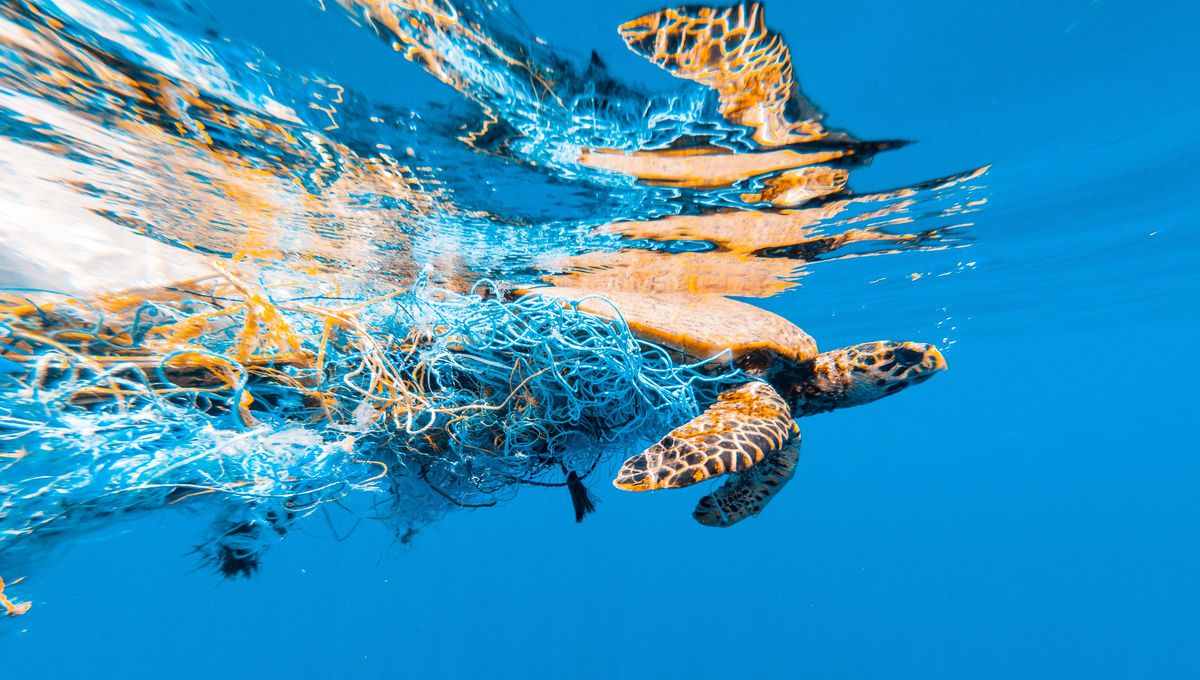
This article first appeared in Issue 19 of our digital magazine CURIOUS.
Fans of the David Attenborough BBC series Dynasties may remember a particularly harrowing scene in which a group of penguins got stuck in a ditch during a storm and couldn’t get out. It was a memorable episode, not only because of the desperate plight of the birds that would die if left to face the elements but also because the film crew made the difficult decision to break the “never intervene” rule that’s considered by some to be the golden principle of wildlife filmmaking.
The idea is that, no matter how upsetting it gets, an animal in danger shouldn’t be saved by humans. However, as “wild” environments have become increasingly influenced by human activity, the outlook on if and when it’s ethical to intervene has been debated.
Is it following nature’s course to let a turtle drown in fishing nets? What about letting fertile nests die during floods made worse by anthropogenically driven climate change? If we as a species are creating new and unnatural threats, is it our responsibility to undo them when presented with an opportunity to save an animal’s life?
We spoke to the directors and producers of the BBC’s Planet Earth III, Matt Brandon, Mike Gunton, and Nick Easton, to see how they approached the tricky subject during filming. Episode one of the series presents the troubling case of Raine Island: a place that’s the largest known rookery on Earth for green turtles but is slowly sinking beneath rising sea levels.
First Nations people have been protecting turtles here for thousands of years, and the Planet Earth III film crew got involved in helping some stranded turtles that would have otherwise perished on the rocks make it safely back into the ocean.
What has been the rule about filmmakers intervening with wild animals?
Matt Brandon (MB): I think the rules are changing, but one of the golden rules of wildlife filmmaking is that when you’re witnessing a natural event, you really try not to get involved. It can be really difficult sometimes when you’re watching those things, but that is the rule.
Why are the rules changing?
MB: What we’re seeing now is that many of the things that our crews are witnessing around the world are no longer natural. We actually do cover that in one of our “The Making Of” sequences, where[…] Columbus crabs are floating in something like 12 million tonnes of plastic and discarded nets that are thrown into the ocean every year.
How does that trash affect the crabs?
MB: For the Columbus crabs, it’s no bad thing, they are actually adapting quite well. But for turtles, it can be absolutely tragic. Over the period where they were filming, [the crew] found numerous turtles trapped in nets and there was no way those turtles could survive, so they did step in and cut them free.
Were they successful?
MB: I think they were able to save all bar one of them, so that’s probably the right choice and a justifiable thing to do.
Do the crews operate alone or are there people on hand to help with these decisions?
Mike Gunton (MG): We work with scientists and field workers so it’s not just a crew themselves, it’s often monitored or driven by working with scientific teams who make that decision as well.
We saw teams helping out with stranded sea turtles on Raine Island. What was the story there?
Nick Easton: I think to explain that Raine Island situation, there’s also cultural sensitivities [at play].
The Wuthathi people’s association with Raine Island [as the traditional custodians and owners] goes back 2,000 years at least. So, it’s not our place to intervene, it’s their place in which we are guests, so we took their lead there and our crews helped.
What can people expect from Planet Earth III?
MG: What Planet Earth III does; I mean it still has all the DNA of Planet Earth[…] the cinematic, extraordinary, visually rich, jaw-dropping visuals, amazing animal dramas, magic carpet ride to the four corners of the planet. But it has this other context, which is that we’re now in a new natural history, of a new time in our lives, where the planet is changing and there’s this huge force which Darwin would call a selection pressure. And that selection pressure is humanity.
Planet Earth III is available now on BBC iPlayer.
CURIOUS magazine is a digital magazine from IFLScience featuring interviews, experts, deep dives, fun facts, news, book excerpts, and much more. Issue 22 is out now.
Source Link: When Can Wildlife Photographers Intervene?